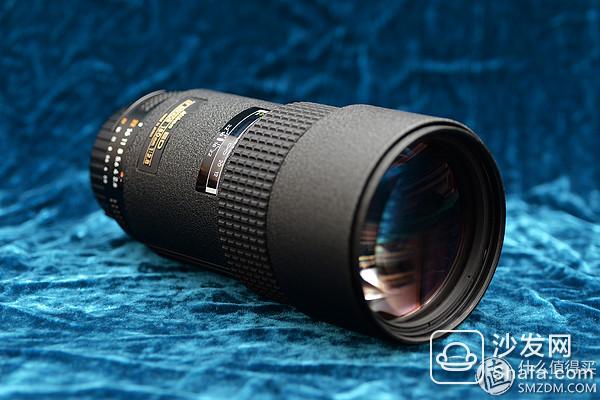
The NIKKOR 180mm/2.8 fixed-focus lens is a classic series in the Nikon lens family. Since its introduction in 1970, it has been widely praised for its simple optical structure and excellent image quality. As a medium telephoto lens, each member of the NIKKOR 180 family has a slim size, solid workmanship, smooth feel and simple prices, compared to the famous air cutting machine 220 (200mm/2.0) In the series, the 180 family is more approachable and is loved by many ordinary photo enthusiasts. People affectionately call it "small air cuts." Since the Nikon F mount has been used for more than 50 years, the NIKKOR 180 series is still performing sharply on today's digital SLRs. For Nikon players, it is a good choice whether it is for collection or use.
The NIKKOR 180 family has also undergone some changes in the past few decades. From the initial five 4 groups to the last eight four-group structures, ED (Low Dispersion) lenses and autofocus modules have been introduced. The latest version is AF180mm/2.8. D IF-ED, name definition: AF (autofocus) 180mm/2.8D (distance module DISTANCE), IF (inner focus, lens length does not change with focus), ED (low dispersion lens application).
This lens is still in production so far, and the production time has exceeded 20 years.
Official flagship store link
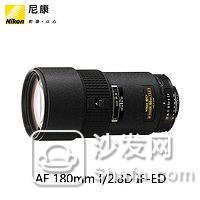 Nikon/NIKON AF NIKKOR 180mm f/2.8D IF-ED Telephoto fixed 7200 yuan Tmall direct link
Nikon/NIKON AF NIKKOR 180mm f/2.8D IF-ED Telephoto fixed 7200 yuan Tmall direct link As a budget-conscious ordinary hobbyist, the price of the flagship store is still very high, so I used the experience lens to earn a second-hand lens without the earlier version of the distance module (D) AF180mm/2.8IF-ED, intends to try Then decide whether or not to retain the second-hand lens will not be too much loss; the lens price is 2500 yuan, is not expensive with the version without D, there is no original lens cartridge CL-38, but the lens is saved very Well, it is awesome to put it in. As the predecessors have said, this is a lens that can impress people simply by their appearance and feel. Have to say, I think this small air will accompany me for a long time.
Although this 180 lens can be said to be legendary in the photographic circle, it does not seem to show her face in Aunt Zhang's territory. Therefore, I decided to introduce the NIKKOR 180 family and my AF180mm/2.8. It is a powerful or sentimental party and uses photographs. speak.
Past and Present of AF-NIKKOR 180mm/2.8 Prime Lens
Nikon's earliest 180MM lens is probably this RF-NIKKOR-H 18CM/2.5, which was introduced in 1956. It uses a telephoto structure similar to that of the ZEISS SONNAR series lens. The number of lenses is 6 pieces and 4 sets. 1650G. Fig. Mount the F-mount adapter ring for this lens.
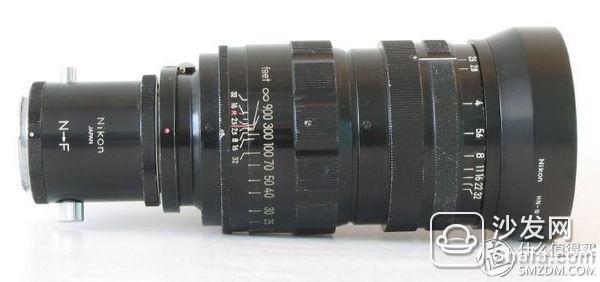
This is an RF lens. This is a system used by a rangefinder camera. Since the framing system of the body cannot meet the needs of the lens, a set of mirror box mechanism is independently designed to be placed between the body and the lens. At the same time, through the use of mirrors to view the scene and operate the camera to take pictures, after the SLR machine has gradually become mainstream, this system has disappeared from people's vision.

Due to the use of a complex RF system, the flange length of this lens is also very long. The optical structure and the subsequent 180 family differences are also relatively large, so the true ancestor of the 180 family should be the following:
1, NIKKOR-P (PC) 180MM/2.8 AUTO:

In 1959, Nikon launched the AUTO series lens, with the F-type SLR body to achieve automatic aperture (full aperture metering), so named for AUTO. The AUTO series lens is made of all-metal, with solid workmanship and outstanding optical quality. Even though compared with modern lenses after several decades, it is praised by many Nikon players.
The 180 family's ancestors also began in the AUTO series. This NIKKOR-P 180MM/2.8AUTO was introduced in 1970. Five 4th ancestral structures, an aperture of 2.8-32, and the nearest focusing distance of 1.8 meters, maintained the excellent lensing of the AUTO lens. At the same time, she successfully lost weight to 830 grams.
PC version is the use of C version of multi-coating, imaging quality slightly improved.
The design of this 180MM lens is very mature, its specifications have become the standard for series lenses, such as the maximum aperture of 2.8, built-in lens hood and 72MM front filter screw and so on.
The optical quality of this lens can be regarded as excellent by current standards. However, due to limitations in materials technology and computer design technology, it is still inferior to today's bulls, especially without the blessing of ED lenses. In terms of dispersion and backlighting, there will be a big gap compared with the current professional lens; it is very inexpensive in the market, whether it is as a portrait feel old mirror taste, or slow street shooting, or collection of play, it is It is a good choice.
It should be noted that the AUTO lens is used in Nikon's current body to change its mouth, that is, to use a file to obliterate a part of the housing at the bayonet.
2. Nikkor 180mm f/2.8 (Ai)
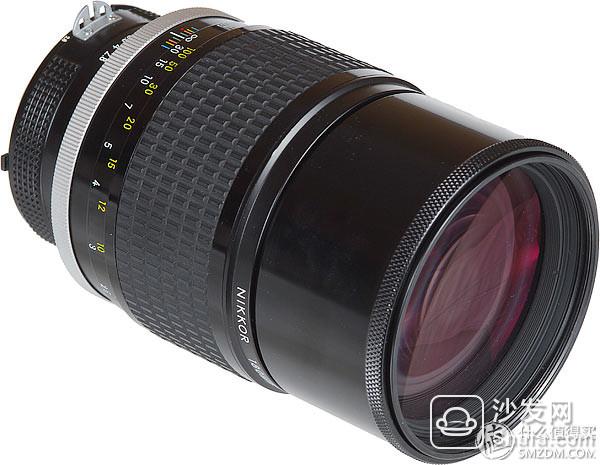
In 1977, the Ai version of the 180 lens was launched for the new body. The weight was increased to 880G. The focus ring covered the rubber. The lens was divided into two versions. The first version was the same as the AUTO version, and the second version was adjusted to 5 pieces. 5 The group structure may be the same as the later AIS version. The imaging level should be improved. Like the AUTO version, the price of the AI ​​version in the market is not high, and the quantity is larger and easier to start. It is more convenient to use it without changing it. , But personally think that the AUTO version is more of a child.
3, Nikkor 180mm f/2.8s ED
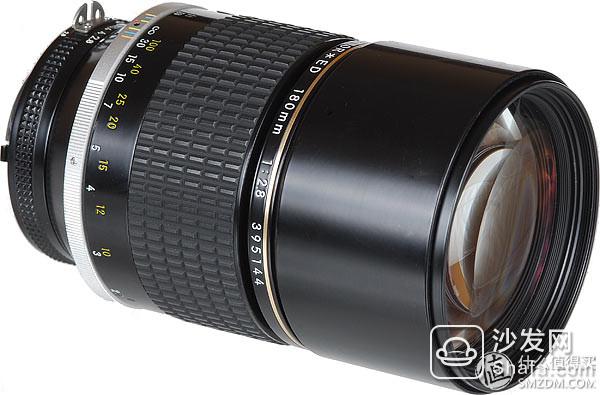
In 1980, Nikon updated the 180MM lens again, introduced the Nikkor 180mm f/2.8s ED for AIS bayonet fuselage, 5 pieces of 5 structures, introduced the low dispersion (ED) lens (one piece) for the first time, and reduced the weight to 800G ( One said 750G), the lens shape was redesigned on the basis of the AI ​​version, the front part of the lens was thicker, and the appearance was quite fierce. Of course, the most important change was to join the bright golden circle.
This 180 lens may be one of the best image quality in the 180 family. Foreign media gave it a high rating. It thinks that its optical quality is still better than the later AF version. At present, this lens is on the market for price comparison. High, basic and AF version the same, if you pursue the highest quality in the series, then it is none other than it.
4, AF Nikkor 180mm f/2.8 IF ED
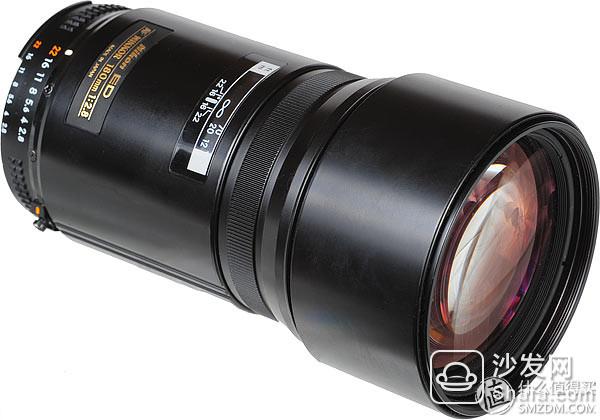
In 1985, Minolta launched the α-7000 auto-focus SLR camera, announced the SLR into the AF era, Nikon also soon launched its own auto-focus models, while introducing a number of auto-focus lens.
The first batch of AF lenses are made of plastic material, hard plastic vertical grain focus ring, printing aperture ring, distance scale window, driven by the body motor for automatic focusing; the first version of the AF series lens is divided into three grades, the ordinary lens is printed in white printed font Lens specifications information, professional lens with black gold nameplate, high-end professional lenses (such as artillery) using wrinkle paint material, this material used by the AIS series to the AF-D series.
The first version of the AF180 lens was launched in 1986. It is also a plastic lens body with a hard focus ring. It has been successfully slimmed down to the 735G to become the lightest in the series. The gold nameplate identifies it as a professional lens, and its optical structure is adjusted to 8 pieces of 6 groups. , The closest focusing distance is 1.5 meters, the smallest aperture 22, the optical structure and the MF series are different, but still maintain the 72MM filter aperture and built-in hood.
AF180 positioning as a professional lens, similar to today's "Conscience 1.8 series", although not included in the top lens, but this design is still not satisfied with the user, Nikon soon introduced a small change version, widening the focus ring.

Obviously this improvement is not recognized by the market, so the AF Nikkor 180mm f/2.8s IF ED-N lens described below will be produced within two years. Therefore, the black plastic version has a low output, and the market is also Relatively rare, if you meet the appropriate price or recommend to start, after all, the optical structure of several AF180 is the same; but if you meet the black heart of the flicker seller said that this is an earlier version of optical quality to sell more expensive, then it must not be fooled.
5, AF Nikkor 180mm f/2.8 IF ED-N
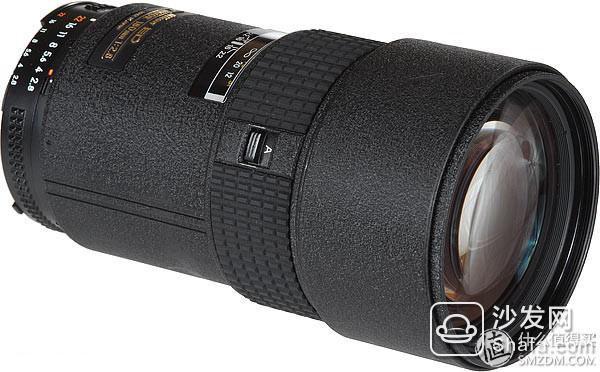
Nikon began to use the plastic lens body from the 1980s to launch E-series lenses, launched a low-cost lens, but this design is not accepted by users, when people prefer the metal lens texture and feel. The work of the AF lens maintains the level of the E series, and it is actually acceptable to use today's standards (at least there is no plastic PP), but compared with the more solid AIS or even the AUTO series, the hand feel is still a lot less.
As a professional lens, AF180 plastic lens body design can not be recognized by the market, so Nikon launched AF Nikkor 180mm f/2.8s IF ED-N lens in 1988, in addition to the use of metal, but also used the top lens wrinkle paint Material, and widened the focus ring and cover the rubber again, the overall feel has been greatly improved, and focus damping also changed the loose plastic lens, quite old style, the weight is also maintained at 750G, have to say, change After the money, the quaint style and excellent texture are truly amazing. For a long time, Nikon used wrinkle paint as a symbol of professional lenses. Fans were also quite enamored with such design, even saying that “wrinkle paint is not weakâ€.
Since Nikon AF lens began to be equipped with a distance module (D module) in the 90s, it can transmit focus distance information to the fuselage, with the new D-TTL flash function, so AF180N is also quickly replaced by the D version, the market is not high, The price is usually a few hundred dollars lower than the D version, and the price/performance ratio is outstanding. This is the only version I have in hand.
6, AF Nikkor 180mm f/2.8D IF ED
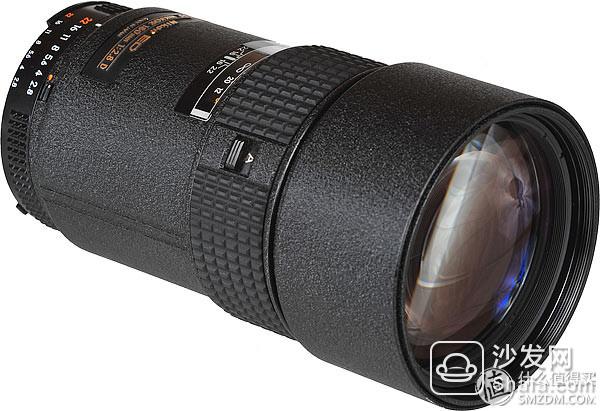
The AF Nikkor 180mm f/2.8D IF ED is now in production version. It was introduced in 1993. Based on the N version, a distance module has been installed. The appearance is slightly different. Can you tell the difference? 765G.
Since the 180MM is also often used to shoot portraits, support for the flash function is also very meaningful, so if you have a good hand, choosing a D lens is more desirable.
AF-NIKKOR 180mm/2.8 Prime Lens with Appearance and Mechanical Properties
The lens in my hand is AF Nikkor 180mm f/2.8 IF ED-N version, production time is 1988-1993, has been more than 20 years to today. However, this one in my hand is very well preserved, wrinkled and radiant. The focusing window is clear and clear, and even the rubber ring of the focus ring is still quite angular. It seems that its former owners do not use it.
Although the lens is well preserved, but the packaging cartridge is still missing, so there is no natural out of the box.
The lens size is 78mm x 145mm, slender shape, shell metal wrinkle paint technology, feel cool and rough, I believe can meet the needs of the party.


The lens cap is also an old style. It is better to use the original cap instead of the lens cap now. However, the shape fits perfectly.
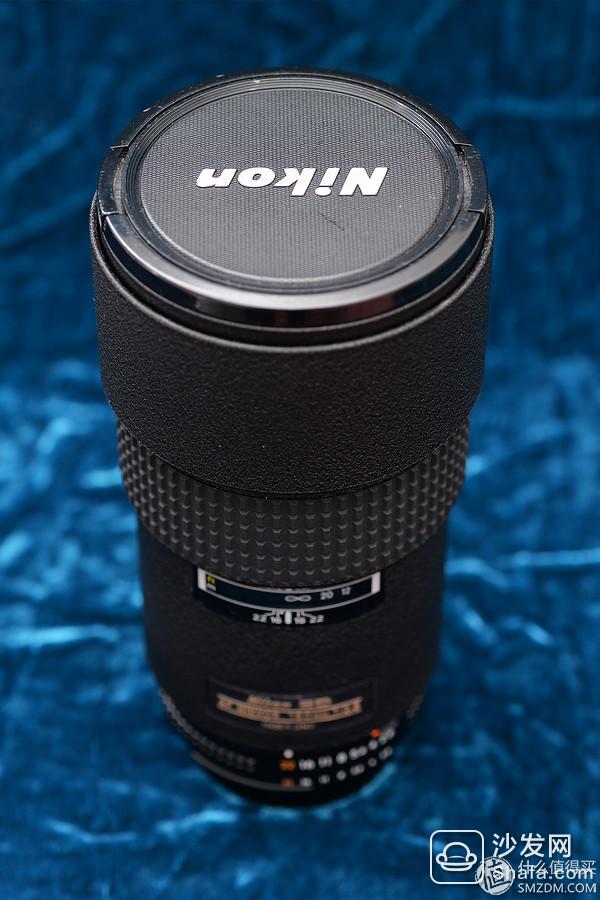
Hood with built-in design, when used can be launched, there are flocking inside, the advantage is easy to use will not be lost, the disadvantage is that the length is not enough to pull the wind, but will be loose with a long time, but my only one, shading The cover is still tight.
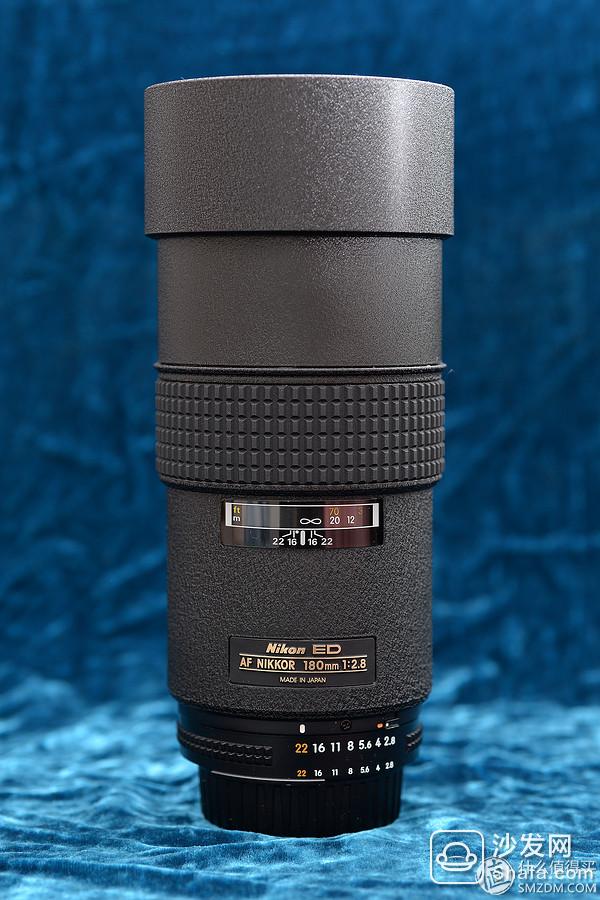

The nameplate is made of a piece of metal. The natural color is gold. The black is the coating. Some people remove the black paint after the nameplate loses the paint and turn it into a golden nameplate. Just like a small bamboo cannon, it pulls the wind. .
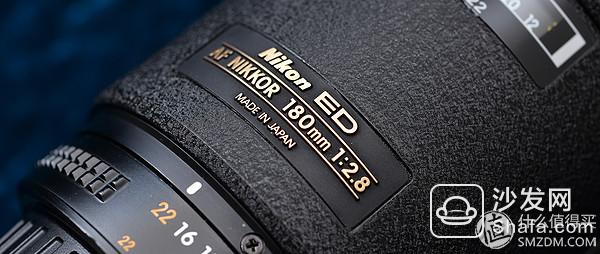
Aperture ring is a printed font, and compared with the negative lettering body of MF lens is still less than a minute exquisite, but now the G-mirror and E-mirror aperture ring are gone ...
The right side of the aperture ring is the lock switch, which can lock the aperture ring to the minimum aperture, so that the aperture can be automatically adjusted on the body that supports shutter priority and program automatic exposure, such as FA manual body in the past (see me about FA Articles); modern cameras can adjust the aperture directly from the camera in this gear, not the camera can not identify the camera in this gear.

The focus ring is made of rubber, which is consistent with the current lens texture. It can be seen that my lens, the focus ring is almost no wear.
The focus ring rotation has a certain degree of damping, stroke 180 degrees, feel close to the MF lens, but the smooth sense is less, but compared to the current lens, especially the lens with an ultrasonic motor, the rotation feel is still much better.

AF, the MF switch is very tight on the focus ring. After adjusting to AF, it can also be turned for a short distance and then stuck. The switch may stop at different positions. I usually let it stay at the bottom.
One thing to note is that the adjustment of the lens to the MF does not release the coupling between the lens and the body. It also requires the body to be adjusted to the MF. Otherwise, forced rotation may damage the motor.
With the D-series lens of the MA ring, the coupling can be released.
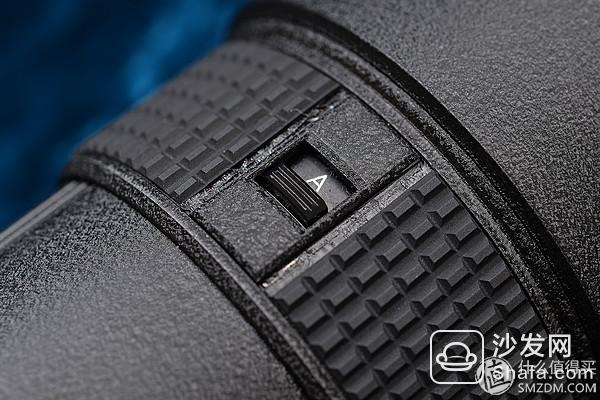
The picture shows the lens with a MA ring, switching is more secure, but the MA ring itself ... very easy to bad
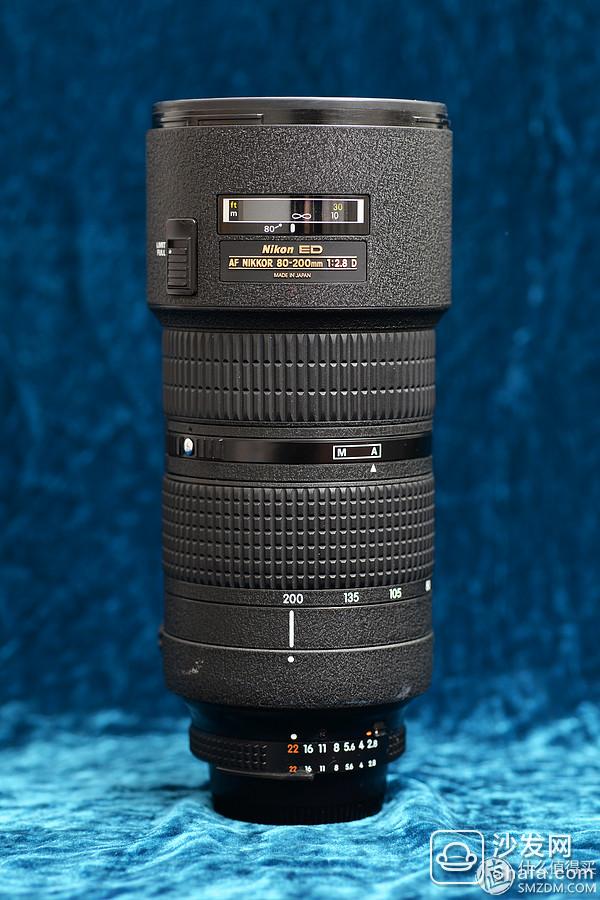
By the way, take a look at the details of the wrinkle paint under 1:1 macro shooting.
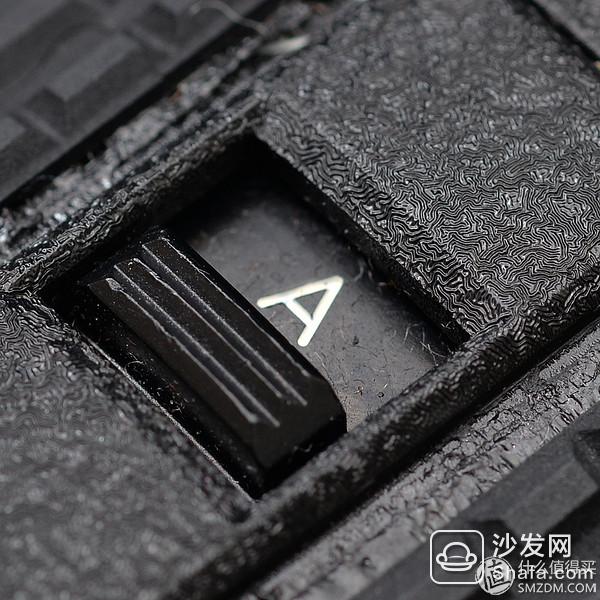
Before the lens jade coating color is purple and yellow, almost full of the entire caliber.
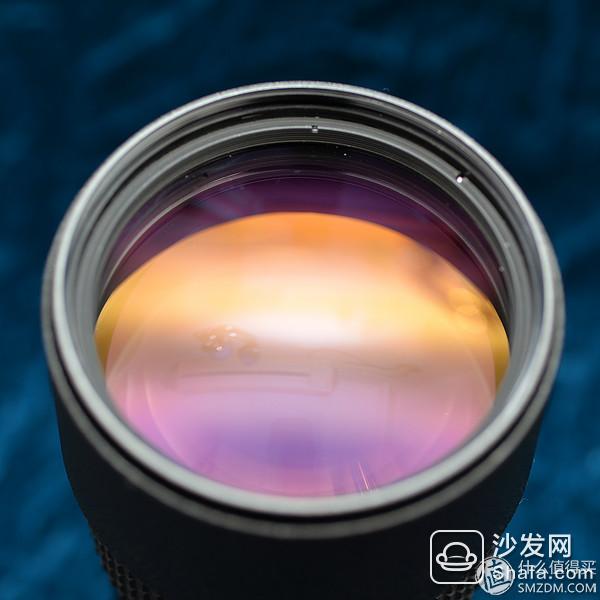
The PP of the lens must be made of metal, and the rear mouth is of a nearly square shape. The number of contacts can be seen to be less than that of the current lens. Another screw-like thing is its autofocus mechanism.
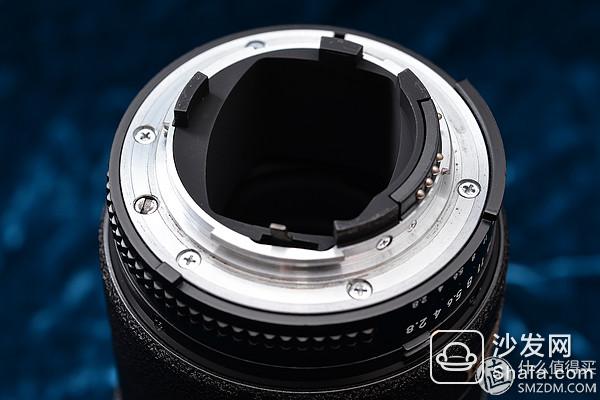
The component that is called the driver's focus.
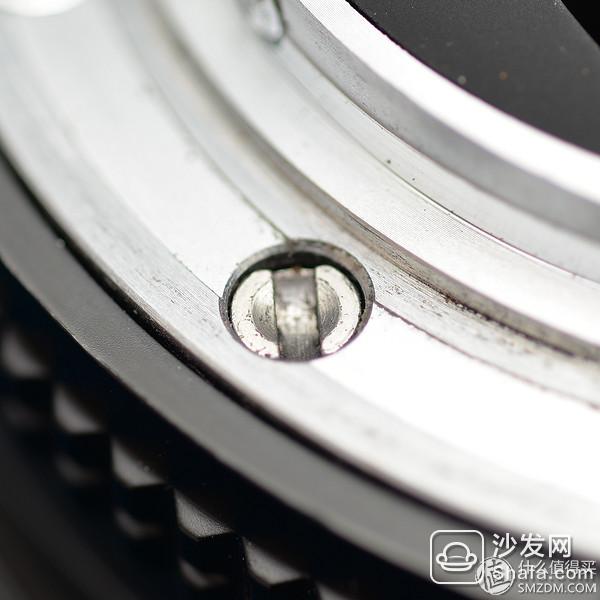
A friend who is concerned about the AF180 lens may hear that it's a nickname, called Dew PP Lens. What does this mean? Actually because of the lens of the SONNAR structure, the position of the rear mirror group is very far from the bayonet, so the aperture of the lens is done behind the lens. Looking from the bayonet, the aperture blades can be directly seen, which makes people lack security; Newly-produced telephoto lenses usually have a protective lens near the bayonet in order to protect the internal mechanical structure.
Did you see the lens of chrysanthemum?
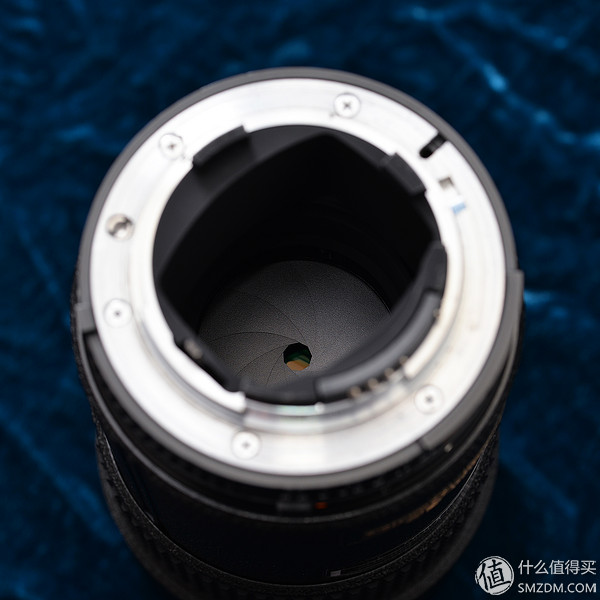
Compared to other lenses that can provide 180-200MM focal length and 2.8 aperture, AF180's body is very compact, compared with the same generation of AF 80-200/2.8DN with the fuselage focusing technology, also known as the three generations of small steel guns, AF180 The feeling of giving people a lot easier, and when we are shooting activities based on 200MM-based, AF180 can completely replace the 70-200 focal length lens.
Wrinkles paint two brothers.

In fact, the AF180 is a product that is positioned as a lightweight telephoto head, so naturally there is a longer focal length product selection, namely the Nikon 300mm f/4 AF telephoto focusing mirror, commonly known as 340, excellent quality and relatively portable, is very Renowned telephoto lens solution.
By the way, compare 340, as shown in the picture. Is it similar to the 180 brothers? In fact, the experience of using 300MM and 200MM is quite different. Compared with it, there is a feeling of a sudden reduction in the scope of vision. Of course, the 340 is very interesting to use, and I will not miss it.
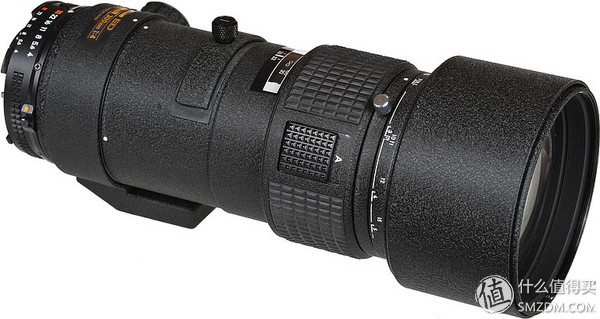
However, I chose not to use the above AF340. Nothing was only because the later 340D had a closer focusing distance, and the macro performance was stronger. Occasionally, the worm mirrors could be made.
However, the 340D is already a built-in ultrasonic motor AFS lens, slightly thicker body, wrinkle paint has also been replaced by gold rings, more like a new lens now, compare the "portable" telephoto and AF180's figure it. (The quality of 340 is very good, there are opportunities to give everyone a sun)
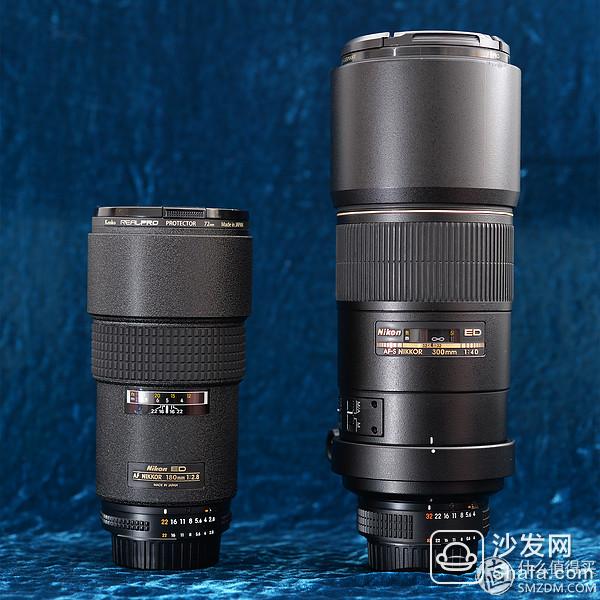
In fact, AF180 with a 1.4X or 1.7X teleconverter, can also be used to replace 340 to some extent, can be used as a portable solution; but it is a bit tricky, Nikon's original teleconverter can not support Fuselage autofocus lens, so I used a Kenko PRO300 1.4X teleconverter, 400 yuan, the quality is still acceptable.
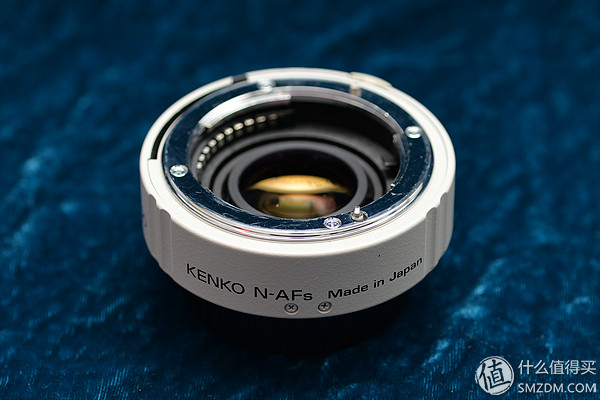
The effect of the machine, please come out of my Queen model FA classmate, is it very coordinated? If you are a Nikon DF user, really worth recommending
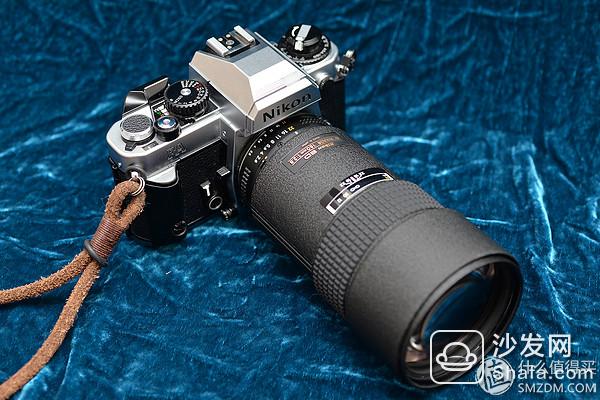
Optical quality of AF-NIKKOR 180mm/2.8 prime lens
In fact, there has been a lot of debate about how to define the optical quality of the lens:
Some people belong to the data stream player, stress MTF curve, resolution value and sharpness assessment, percentage of light efficiency, distortion percentage, etc., the lens should be sharp first, followed by soft bokeh, as other colors, atmosphere and other issues are Can be achieved later.
Some of them belong to the metaphysics players who care about the feelings of the photo. The color is dry or oily, how transparent, three-dimensional, how the atmosphere feels, the character of the camera, Ducth University, etc.
I think that, as non-local tyrants or photo-taking equipment party, the hard quality of the camera must be very important. We do not pursue the theoretical perfection, but we must at least achieve an “excellent†level of color. Permeability, atmosphere, etc. These things that are not well quantified are, I think, not replaceable in the later period. Colors are not so simple. RGB values ​​can be controlled. The sense of three-dimensionality is not something that can be obtained in the later period. As for other more mysterious things, It depends on the moment the shutter button was pressed and what the camera recorded. So to measure a shot, the data is not the only pursuit, but it must be up to the standard, other things, it depends on whether the results of real shots can impress themselves, is the best for their own.
Well, then I also simply make a comparative evaluation, to see how this 20-year-old old guy skill.
1, resolving power
As a comparison device, the ideal one is of course Nikon's own big bamboo cannon (AFS 70-200/2.8G-VR2) or a small fat person (AFS 200/2.0G VR2), but it is obvious that I will not have these as a meticulous equipment party. Equipment, so I had to use the Tenglong A-009 (SP70-200/2.8 DI VC USD) to compare, compared to my three generations of small steel guns, A-009's quality is even better.

Shooting scene
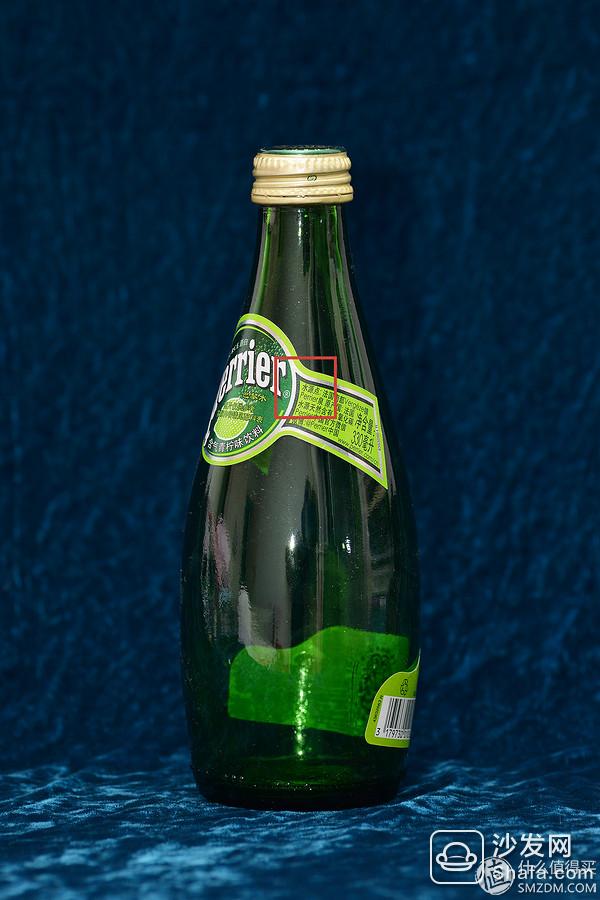
The body is D610, the flash is SB-900, use the tripod, use LV mode shooting to avoid running out of focus, turn off the anti-shake, shot with two shots of F2.8 and F8 respectively, intercept the area in the picture according to the actual pixel display to compare . Incidentally, due to the shrinkage of the A-009 focal length, the actual focal length of the A-009 does not have a long AF180 when it is close to the closest focusing distance. In fact, the Otake cannon also has this problem.
The first is the performance of F2.8
Exclamation on the progress of technology, A-009 has excellent performance in the fully open state, the resolution is sufficient to meet 24 million pixels, dispersion control is also in place, there will be no purple edges; network evaluation said A-009 200MM side It's relatively soft, but I think this sharpness is enough for me.
AF180 and other film period lens, the whole meeting has more obvious purple fringe, and some old mirror soft light effect, these two phenomena will affect the sharpness of the lens performance, but the lens itself is very good resolution, details Very delicate, I think the AF180's full performance is completely without losing the modern lens.
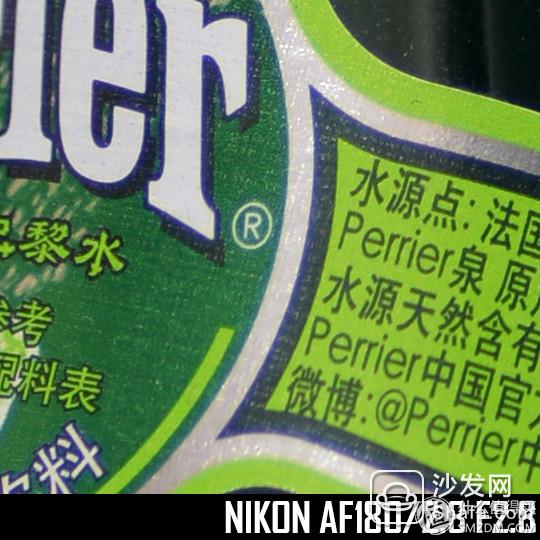
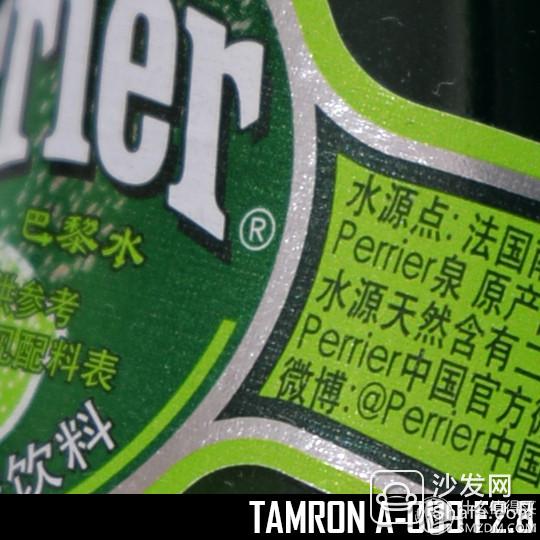
Performance of F8
The contrast and permeability of the two shots under the F8 aperture have increased, and the resolution has not improved significantly. This may indicate that the two lenses have already achieved a good level of full-on performance, or their performance requires higher pixels. which performed.
The quality of the two shots was between the two. The contrast of the A009 was relatively strong, and the details of the AF180 felt better.
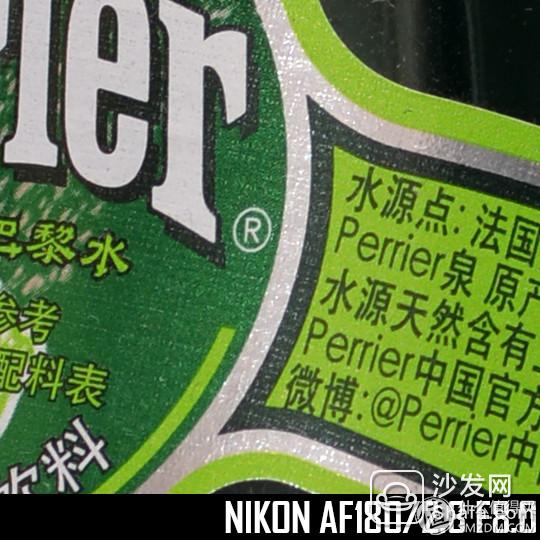
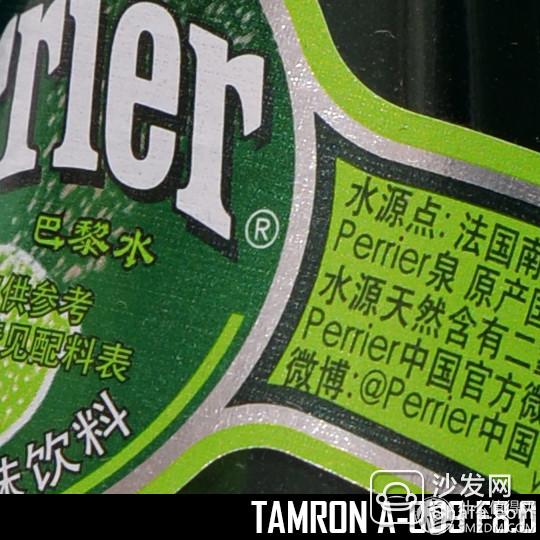
Finally, the performance of an AFS340D was put in. Because the room space is limited, the overall magnification is a little higher, and the contrast is not very intuitive. However, I still think that the 340 imaging level is better than the other two.
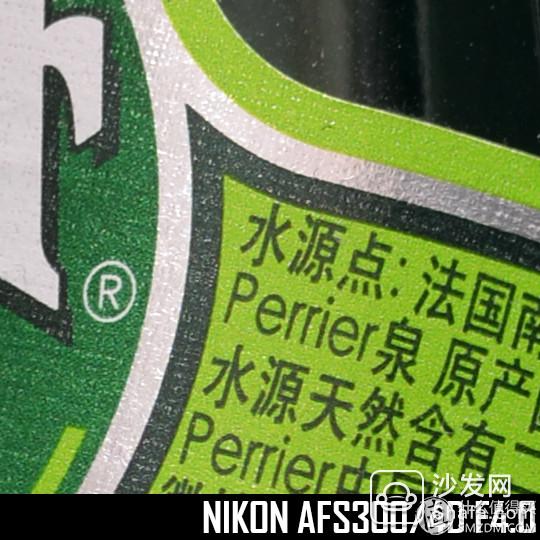
Real shot sample
Real shot map and local zoom, how performance can be their own assessment:
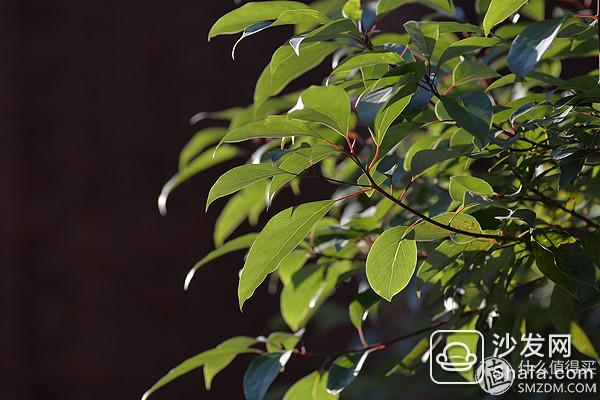
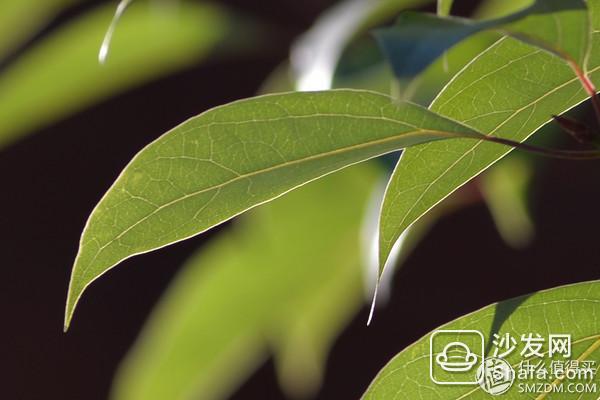
2. Dispersion control
Use metals that are more prone to purple fringing to test:

It has to be said that this is the oldest shortest lens. Due to the different construction of the film and the digital sensor, the film will not have purple fringes. Therefore, the lens designed for the film machine will be weak in the purple fringe control, and the redesigned digital head There are also major improvements in this area.
Under the F2.8 aperture, purple fringing is still obvious.
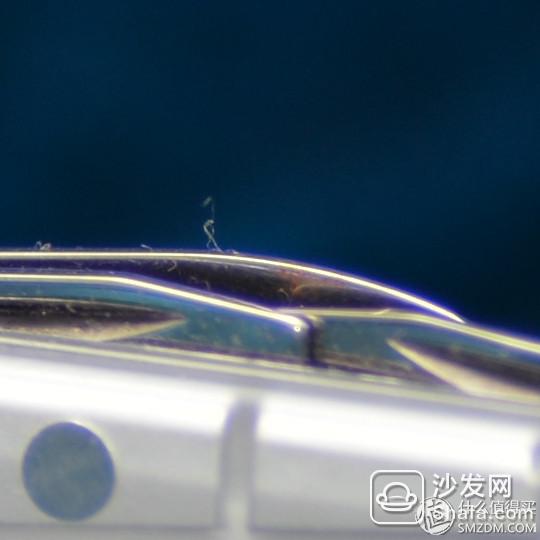
After shrinking to F4, purple fringing has been suppressed, but it has not completely disappeared. F5.6 can basically say that it does not see purple fringing.

3, bokeh effect
In today's lens design industry, the effect of bokeh has received more and more attention. In order to obtain milk-like effects, major companies have also made efforts. Some of the popular shots on the market are also The Bokeh was praised, such as the famous Nikon AFS 58mm/1.4.
On the other hand, the large-aperture fixed-focus lens 200-300MM is often referred to as "air cutting machine", personal understanding is sharp contrast between sharp focus and soft bokeh, which is the so-called knife sharpening, plus The shallow depth of field brought about by the telephoto lens and the feeling of space compression make the picture have a feeling that the main body is cut out from the entire picture.
The AF180 is a sharp and long shot with a small air-cut nickname, so how does it perform in this area?
Choosing a scene with a messy background makes the AF180's bokeh effect very soft and natural, and the control of the two-way nature is also perfect. The sharpness and detail of the subject can also be satisfactory. Can it become a I haven't dared to make a decision on the qualified empty cutting machine but it is enough to be an excellent portrait lens.

This is a shot of a small cannon. The duality is more obvious and can be compared.
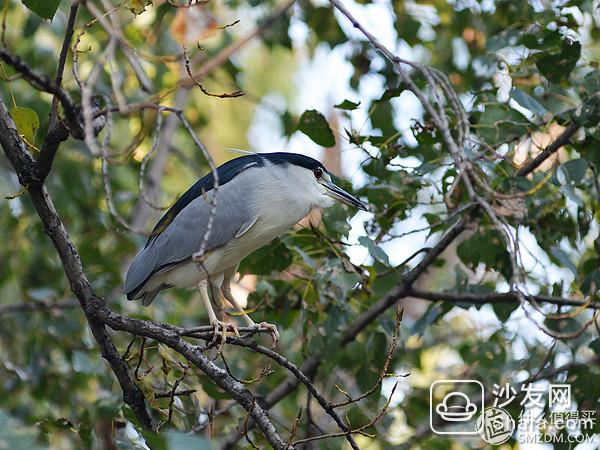
The AF180 uses nine aperture blades. The bokeh is a nearly circular polygon. The spot is clean, and no impurities or onion rings can be noticed. A large aperture will have a certain caliber and will produce a little spiral effect.
F2.8
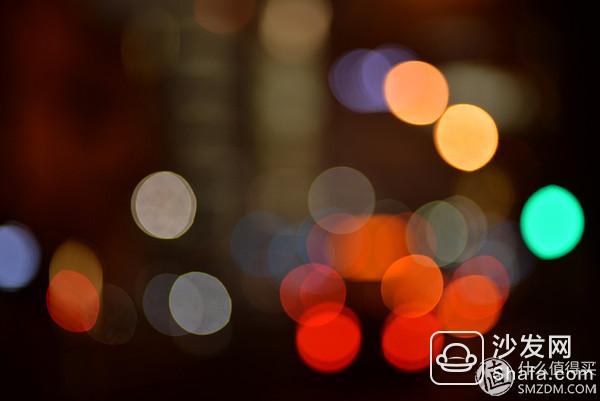
F4

Use of AF-NIKKOR 180mm/2.8 Fixed Focus Lens
Faced with a 180MM fixed-focus lens, I believe many people will have a question, how should it be used? The focal length, the portrait is too long, the bird is too short, and it seems that it is the biggest flaw of the AF180.
In my opinion, the most important value of the AF180 is its approachableness. It does not simply mean that it costs less than 220 times a fifth. It dares to take it out and dares to hold it up. It is very low-key, but it The quality of the picture did not compromise. After all, we are not willing to bring a 1.5KG cannon or a 3KG 220 every time we go out; after all, it is not appropriate for many occasions to lift cannons; after all, Nikon Xiaozhu (70-200F4) is so expensive...
The telephoto lens is not open in the room. It is always to be taken out. When we need to look farther, the AF180 is a cordial solution.
Nowadays, more and more people like to use 35MM lenses as hang-up mirrors for daily shooting because they are lightweight, convenient and non-aggressive. They all seem to do nothing professional but they can do everything. They belong to Tiger Balm; AF180 seems to have similar characteristics, though The use is narrower than the 35MM lens, but it is also suitable for easy outside shots, pat humanities, portraits, animals, etc., and even a little complementary to the 35MM lens.
I use the AF180 also for some easy life shooting, are all flowers, grass, cats, dogs, men and women, etc. Basically they are straight out of no time, the color permeability of the three-dimensional sense of atmosphere, everyone has their own answer .
Flower - Plum
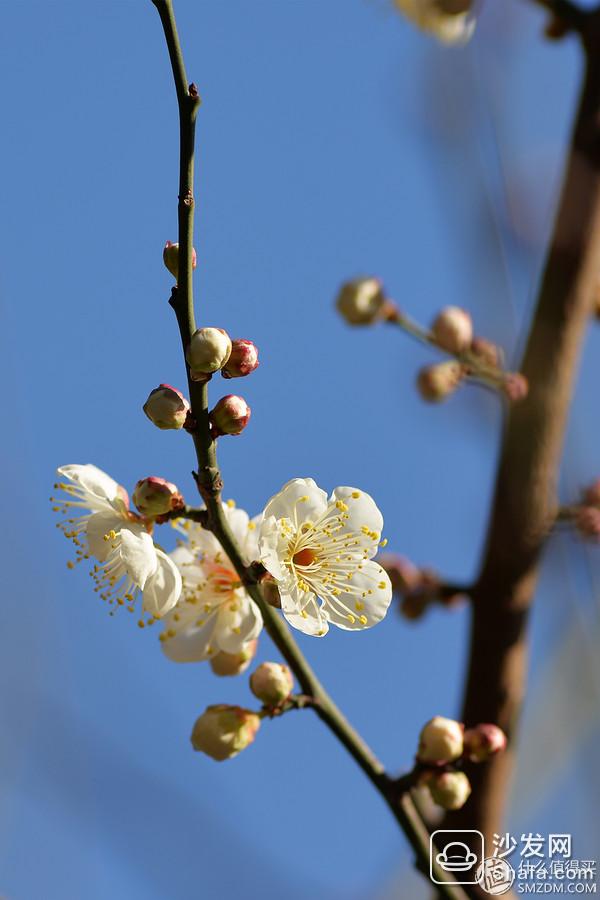
Graze - well, let's just be grass
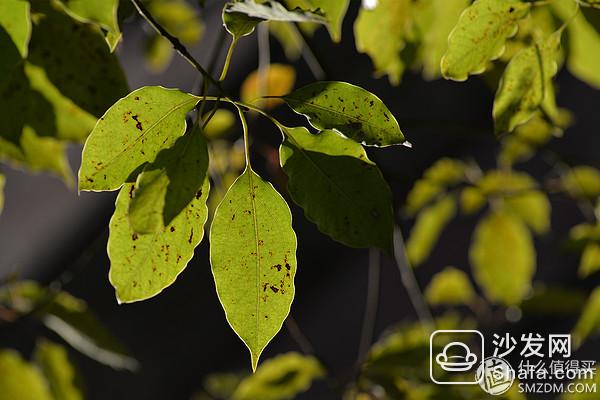
Cat cat - own cat
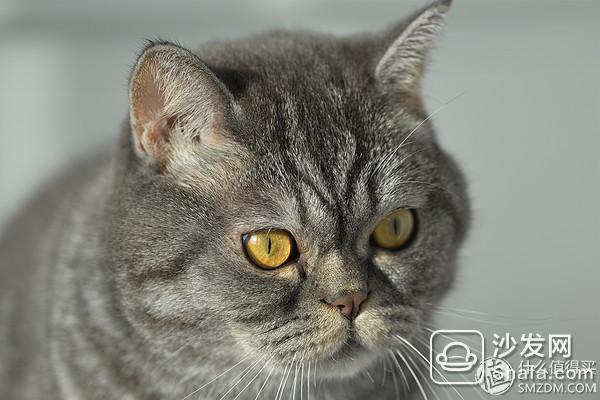
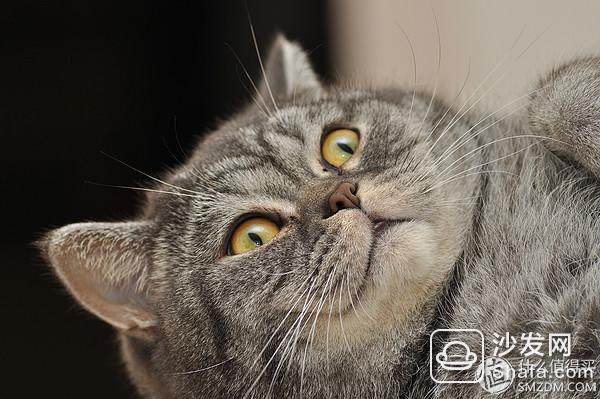
Dogs - Dogs of Others
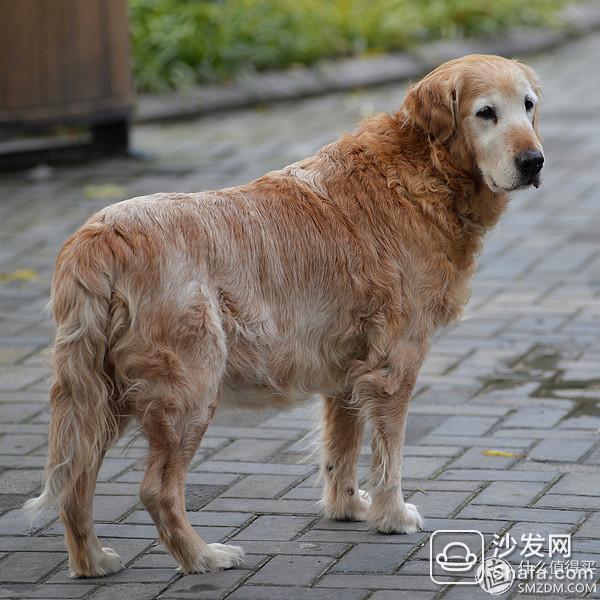
Male

Female Girl - Sister's Selfie Sister
 Doll - bear child with facial expression
Doll - bear child with facial expression
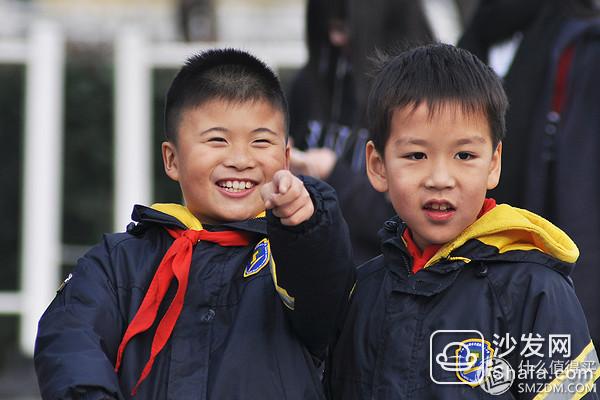
In addition to the last bear child is shooting with the D90, the other basic is the use of the D610, the feeling of the two bodies out of the film is still a certain difference, relatively speaking, I think the performance of the AF180 on the D90 more range of children.
The auto focus of the two units is not a strong point, the focus speed is relatively slow, if you use a more powerful body such as the D4 and the like, want to come fast it should be very fast.
Recently, on the way to work every day, at two points, the bird has no chance to try, hit the moon to see, with 1.4X, to see if this telescope ability can satisfy you?

to sum up
In the "NIKKOR Classic Lens Review", AF180 got such a rating "Her sharpness reached the limit of a 35mm lens. It is neither heavy nor light. It can achieve amazing image effects in all aspects. Certainly more than Nikon 80-200f2. 8Excellent, beautifully manufactured, the image is still very sharp at full aperture. The F4 aperture achieves the best results and is no less favourable than f5.6."
From today's point of view, the AF180 is not so amazing, but its quality is still qualified to be among the professional lens, and its simple and well-structured workmanship is still loved by many people.
If you have a need for 180mm focal length lens, you may wish to start an experience, whether it is collection or use, it can meet you.
You should always try 180 on the road of photography, because 135 is too short and 220 is too expensive.

 Original topic Call for Papers: # first sun # rewarded call-up orders - drying out Ta for the first time December 2015 30 update: Since we # first sun on # active line received strong support from many value friends, but because # the first sun # the higher threshold, many contributors friends did not add the first sun of the label, in order to thank you for the value of the friends of the first warm sun, we respond to the voice of the activities aimed at splitting the lower threshold of the first sub-site activities # show#! Welcome everyone to share good things that haven't been sunk in this site and provide more shopping references for valued friends! #Original sun original small value | Like 10k Comments 251 Collection 321 View Details
Original topic Call for Papers: # first sun # rewarded call-up orders - drying out Ta for the first time December 2015 30 update: Since we # first sun on # active line received strong support from many value friends, but because # the first sun # the higher threshold, many contributors friends did not add the first sun of the label, in order to thank you for the value of the friends of the first warm sun, we respond to the voice of the activities aimed at splitting the lower threshold of the first sub-site activities # show#! Welcome everyone to share good things that haven't been sunk in this site and provide more shopping references for valued friends! #Original sun original small value | Like 10k Comments 251 Collection 321 View Details
Key Switches
Yeswitch Electronics Co,.Ltd., found in 1995 in Taiwan, is specializing in manufacturing and supplying all kinds of switches, including Key Switches, Metal Switches, Toggle Switches, Rocker Switches, Automotive Switches,etc. Yeswitch Key switches, including Electrical Key Switch, CAM Lock , and self-lock key switch. It is made of Zinc alloy,stainless, brass, silver and other materials. Our key switches have three installation size, respectively are 12MM, 16MM and 19MM. It could used in wide range of applications, for example, ATM, POS machine, Computer host,recreation facilities, Cash register, elevator, electric cars,file cabinets, etc.
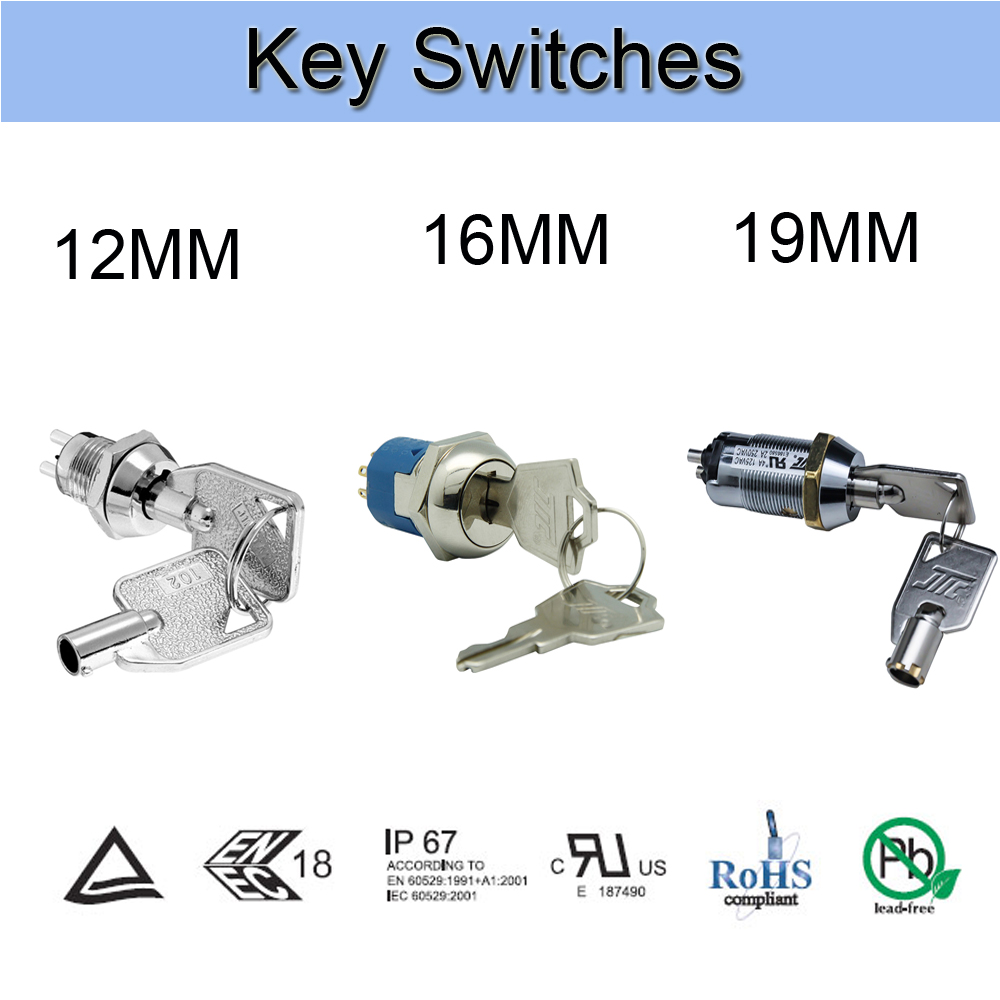
It is normally made of stainless,zinc alloy,brass and other metal materials, which is imported form Australian, so our products could enjoy the sound reputation in switch field with he high-end market strategy. Meanwhile, we are very familiar with UL, ROHS,SGS and related other authoritative approve standard in the switch industry.
We are focus on producing high standard and high quality switches, so our key switch is of high standard products , it could not only anti-explosion but also Anti-vibration. And we are also adhere to the three principles to serve our customers around the globe,namely,meeting global standard, accurate operation and on time delivery.

Key Switches,Momentary Key Switch,Key Switch 3 Position,Key Switch On Off
YESWITCH ELECTRONICS CO., LTD. , https://www.yeswitches.com